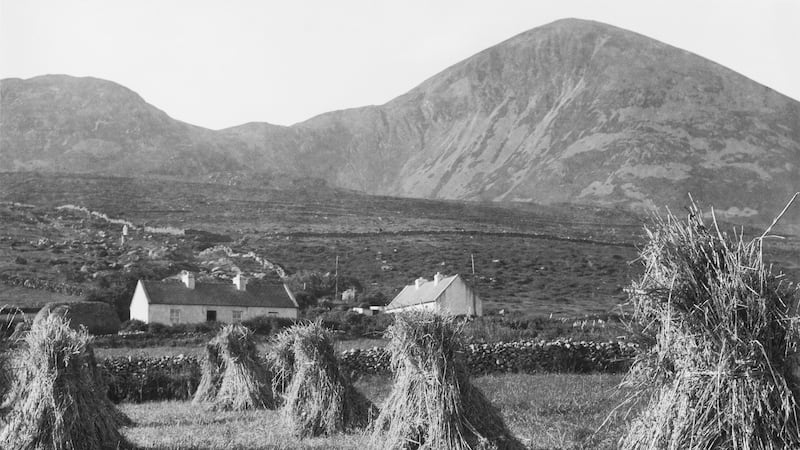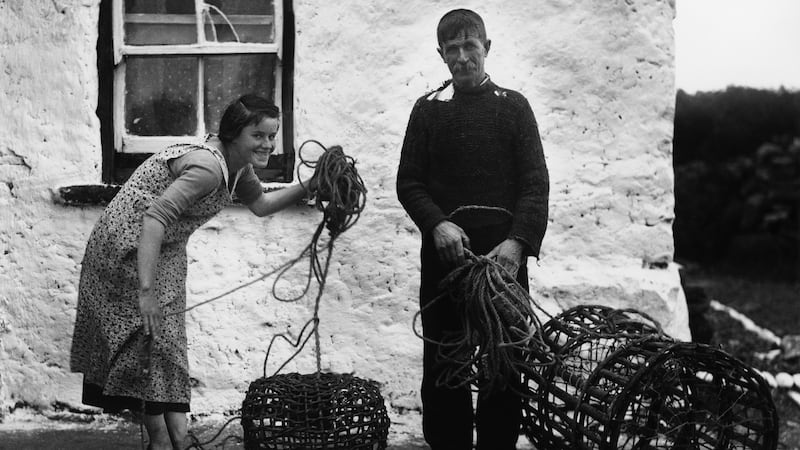Ernie O’Malley (1897-1957) is best remembered today as a writer and a Republican.
His famous memoir of the War of Independence, On Another Man's Wound, was described by John McGahern in The Irish Times as "the one classic work to have emerged directly from the violence that led to independence".
O’Malley was a medical student in UCD when the Easter Rising broke out. His account of the events of Easter Monday 1916 is one of the most famous.


“On the base of the Pillar was a white poster,” he wrote. “Gathered around were groups of men and women. Some looked at it with serious faces, others laughed and sniggered.
“I began to read it with a smile, but my smile ceased as I read, ‘Poblacht na h-Éireann, the Provisional government of the Irish Republic – to the people of Ireland’.”
O’Malley was radicalised by the events of Easter Week and fought in the War of Independence and on the anti-Treaty side in the Civil War.
Delayed follow-up
On Another Man’s Wound
was published in 1936 and was an instant success. His Civil War follow-up,
The Singing Flame,
was not published until 1978, two decades after his death. He was given State funeral as befitting his leadership in the War of Independence.
His work as a photographer and his marriage to the artist Helen Hooker in 1933 are less well-known.
The couple took thousands of photographs of Mayo after they settled in Newport in 1938.
The images were discovered by their youngest son Cormac and have now been published for the first time in a book format.
Many had never been printed before and previously the public has never seen any of Ernie O’Malley’s photographs.
Along with the images, the book includes excerpts from O’Malley’s writings on Mayo and an explanatory text giving the social context of the time.
The images reveal the rural life of Ireland as it existed in the late 1930s-early 1940s. Western Ways: Remembering Mayo Through the Eyes of Helen Hooker and Ernie O'Malley, by Cormac O'Malley and Juliet Christy Barron, is published by Mercier Press.











